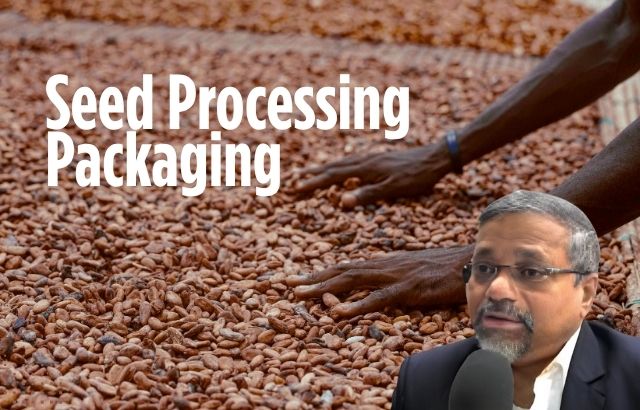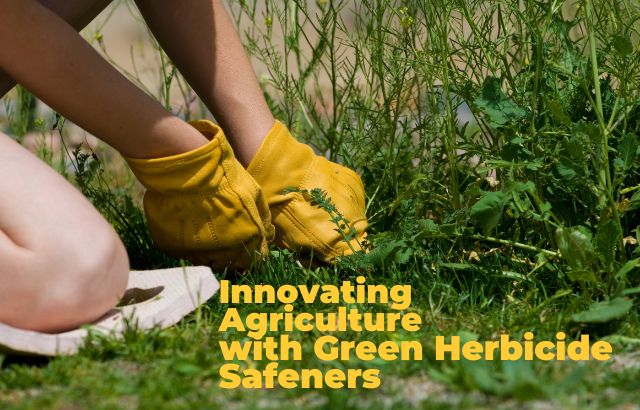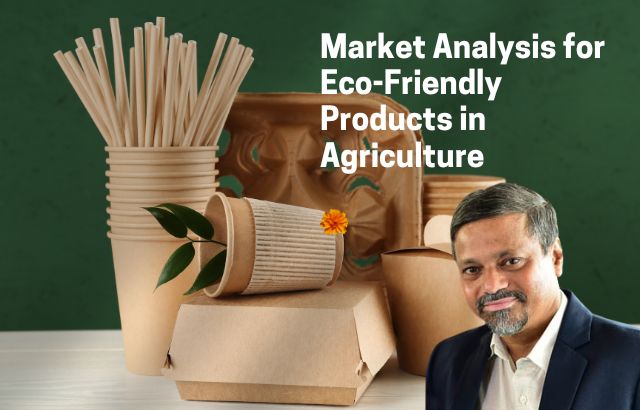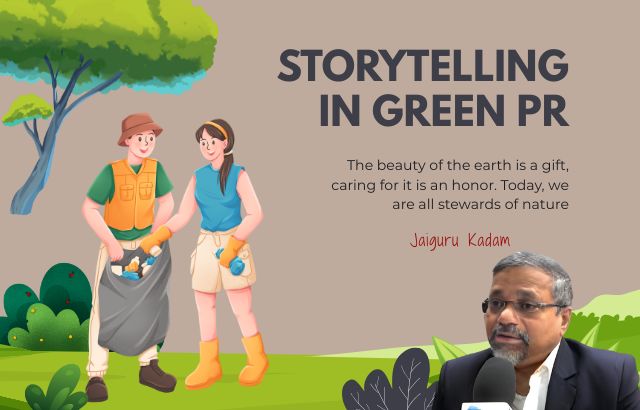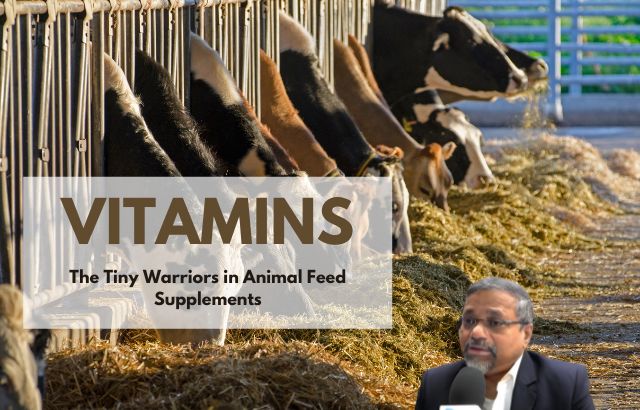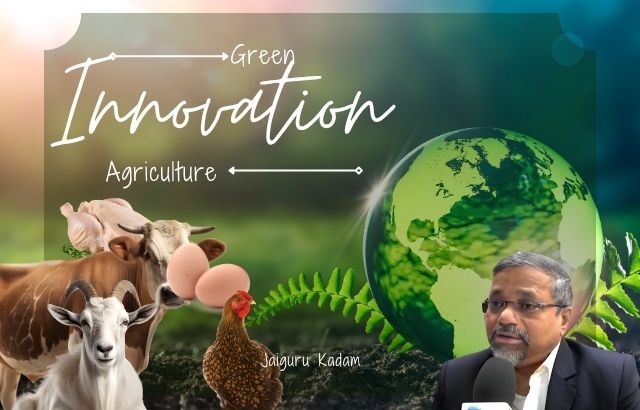Seed processing and packaging is a cornerstone of modern agriculture, ensuring farmers have access to high-quality seeds that maximize crop yields. This industry involves cleaning, grading, treating, and packaging seeds to meet the needs of farmers, distributors, and research centers. As global food demand grows, the seed processing sector is gaining prominence, driven by consistent demand and government support. In this blog, we explore the seed processing and packaging industry, provide real-world examples, highlight the role of Green Innovators, and share insights from Agriculture Green Innovator Jaiguru Kadam, including calculations and intriguing statistics. We also address frequently asked questions to guide aspiring entrepreneurs and farmers.
The Seed Processing and Packaging Landscape
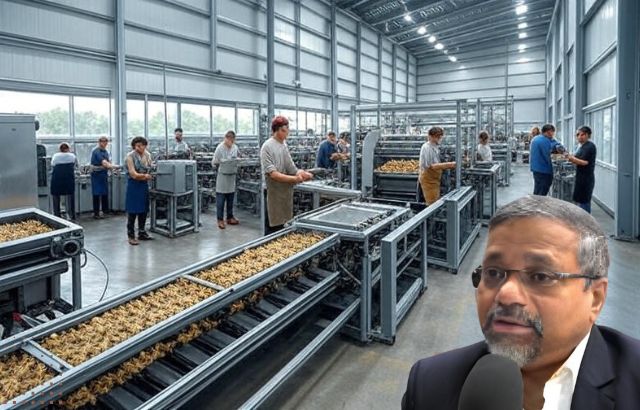
High-quality seeds are the foundation of successful agriculture, directly impacting crop yield and resilience. Seed processing enhances seed quality by removing impurities, grading for uniformity, and applying treatments to protect against pests and diseases. According to a 2024 market analysis, the global seed processing market is expected to grow at a CAGR of 10.2% from 2024 to 2032, fueled by the rising adoption of certified seeds and precision agriculture.
Business Model Breakdown
- Raw Materials:
- Raw seeds sourced from farms or seed breeders.
- Treatment chemicals, such as fungicides and insecticides, to enhance seed viability.
- Packaging materials, including moisture-resistant bags, vacuum-sealed pouches, and biodegradable containers.
- Manufacturing Process:
- Cleaning: Removing debris, dust, and non-seed materials using air-screen cleaners.
- Drying: Reducing moisture content to prevent spoilage during storage.
- Grading: Sorting seeds by size, weight, and quality using gravity separators.
- Treating: Applying chemical or organic coatings to protect against pests and diseases.
- Packaging: Sealing seeds in labeled, tamper-proof packages for distribution.
- Target Market:
- Farmers seeking certified seeds for commercial and subsistence farming.
- Seed distributors supplying retail and wholesale markets.
- Agricultural research centers developing hybrid and genetically modified seeds.
Benefits of Seed Processing and Packaging
- Consistent Demand: Farmers rely on quality seeds to ensure high yields, creating a stable market.
- High-Profit Margins: Processed and certified seeds command premium prices, especially for hybrid varieties.
- Government Support: Programs like India’s Seed Village Scheme provide subsidies and training to promote quality seed production.
Real-World Examples
- Syngenta, Switzerland: A global leader in seed processing, Syngenta uses advanced seed treatment technologies, such as Vibrance, to enhance crop resilience. Their facilities process millions of tons of seeds annually for global distribution.
- Mahyco, India: Maharashtra Hybrid Seeds Company (Mahyco) specializes in processing hybrid seeds for crops like cotton and vegetables. Their automated grading and packaging systems ensure high-quality seeds for Indian farmers.
- Johnny’s Selected Seeds, USA: This company focuses on organic and heirloom seeds, using eco-friendly packaging and organic treatments to cater to sustainable farming markets.
The Role of a Green Innovator

A Green Innovator in seed processing and packaging is a trailblazer who integrates sustainable practices and innovative technologies to enhance seed quality while minimizing environmental impact. Their roles include:
- Sustainable Processing: Promoting organic seed treatments and biodegradable packaging to reduce chemical and plastic waste.
- Technology Adoption: Implementing AI-driven seed grading systems and IoT-based moisture monitoring to improve efficiency.
- Farmer Empowerment: Educating farmers on the benefits of certified seeds and sustainable farming practices through training programs.
- Policy Advocacy: Collaborating with governments to develop regulations that incentivize eco-friendly seed processing methods.
Green Innovators ensure the seed industry aligns with global sustainability goals, making quality seeds accessible and environmentally responsible.
Insights from Jaiguru Kadam, Agriculture Green Innovator
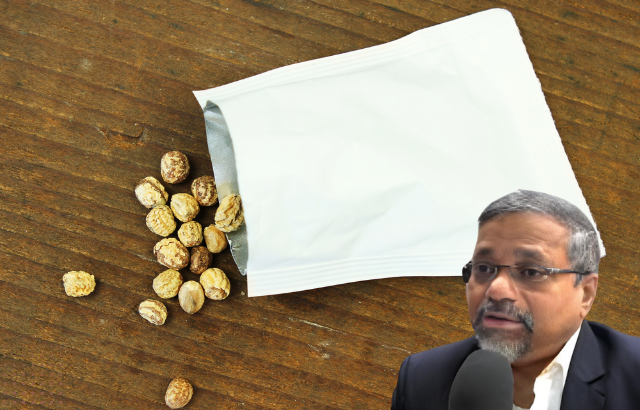
Jaiguru Kadam, a leading Agriculture Green Innovator from India, has revolutionized seed processing by introducing cost-effective and sustainable solutions. Below are two calculations by Kadam that demonstrate the financial and environmental benefits of seed processing and packaging.
Calculation 1: Cost-Benefit Analysis of a Small-Scale Seed Processing Unit
- Setup Cost:
- Cleaning and grading equipment: $3,000
- Drying unit: $1,200
- Packaging machine: $1,500
- Organic treatment supplies: $800
- Total: $6,500
- Annual Revenue:
- Seed type: Hybrid maize (10,000 kg processed/year)
- Market price: $2/kg
- Revenue: 10,000 kg × $2 = $20,000
- Annual Operating Costs:
- Labor: $2,500
- Raw seeds: $5,000
- Packaging materials: $1,000
- Maintenance: $500
- Total: $9,000
- Net Profit: $20,000 – $9,000 = $11,000
- Break-Even Period: $6,500 ÷ $11,000 ≈ 7.1 months
Kadam’s model shows that a small-scale seed processing unit can recover its investment in under a year, making it an attractive venture for entrepreneurs.
Calculation 2: Environmental Impact of Biodegradable Packaging
- Traditional Plastic Packaging:
- Plastic bags used: 10,000/year
- Plastic waste: 10,000 × 0.05 kg = 500 kg/year
- CO2 emissions from production: 500 kg × 2.5 kg CO2/kg plastic = 1,250 kg CO2/year
- Biodegradable Packaging:
- Biodegradable bags used: 10,000/year
- Waste: 10,000 × 0.04 kg = 400 kg/year (compostable)
- CO2 emissions: 400 kg × 0.8 kg CO2/kg biodegradable material = 320 kg CO2/year
- Annual Savings:
- Waste reduction: 500 kg – 400 kg = 100 kg
- CO2 reduction: 1,250 kg – 320 kg = 930 kg CO2/year
Kadam’s shift to biodegradable packaging significantly reduces waste and emissions, aligning with sustainable agriculture goals.
Statistics
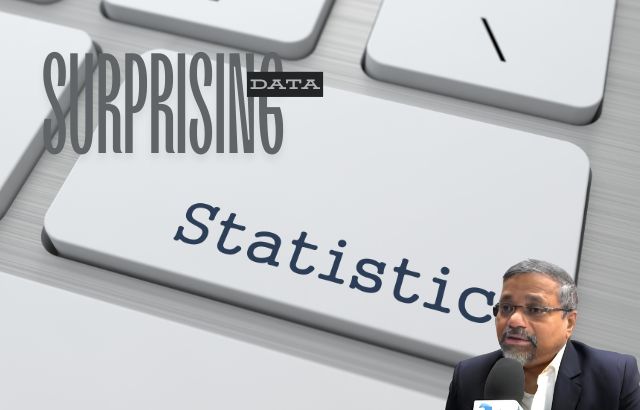
- Market Size: The global seed market was valued at $63 billion in 2023, with processed seeds accounting for 60% of sales.
- Yield Impact: Certified seeds can increase crop yields by 20–30% compared to non-processed seeds.
- Water Savings: Seed treatments that enhance drought resistance can reduce irrigation needs by up to 15%.
- Employment: The seed processing industry supports over 1 million jobs globally, from production to distribution.
- Adoption Barriers: Only 25% of farmers in developing countries use certified seeds due to cost and accessibility issues, underscoring the need for affordable solutions.
FAQs About Seed Processing and Packaging
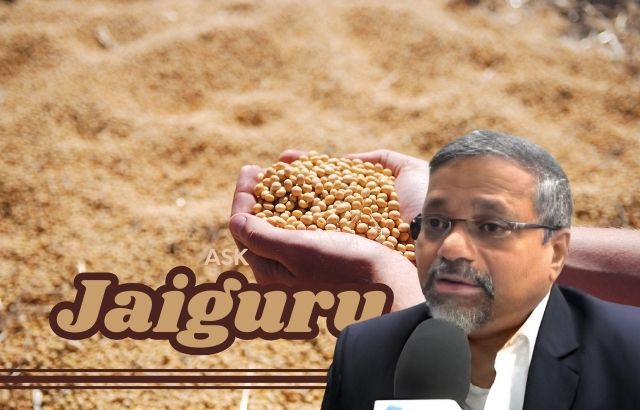
Q1: What is the initial investment for a seed processing business?
A: A small-scale unit costs around $6,000–$10,000, while large-scale facilities may require $50,000 or more. Subsidies can reduce costs by 20–40% in some regions.
Q2: How does seed processing improve crop yields?
A: Cleaning, grading, and treating seeds ensure uniformity and pest resistance, leading to higher germination rates and healthier crops.
Q3: What are the challenges in seed processing?
A: High equipment costs, regulatory compliance, and competition from uncertified seeds are key challenges. Green Innovators address these with cost-effective technologies.
Q4: Are organic seed treatments effective?
A: Yes, organic treatments, such as neem-based coatings, protect seeds without environmental harm and meet the demand for organic farming.
Q5: What seeds are most profitable to process?
A: Hybrid seeds for maize, rice, vegetables, and high-value crops like sunflowers and soybeans offer the highest profit margins.
Conclusion
Seed processing and packaging is a vital industry that empowers farmers with high-quality seeds to meet global food demands. With success stories from Syngenta to Mahyco, the sector is thriving, driven by innovation and sustainability. Green Innovators like Jaiguru Kadam are paving the way with cost-effective and eco-friendly solutions, as shown through their insightful calculations. As government support and market demand grow, seed processing offers a promising opportunity for entrepreneurs and farmers to sow the seeds of a sustainable future.

